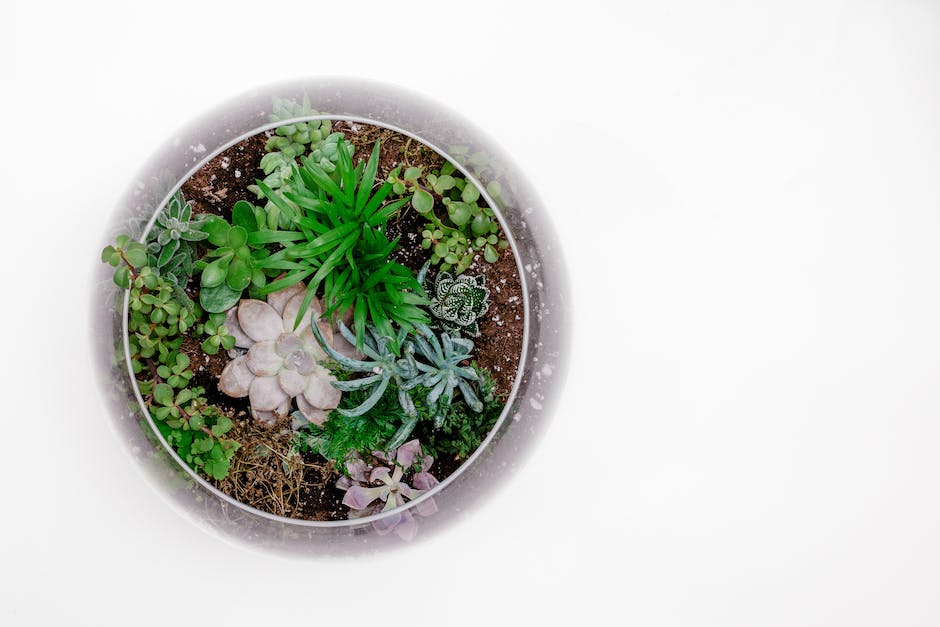How to Use Self-Watering Pots for Growing Herbs
Self-watering pots can be a convenient and efficient way to grow herbs, providing a consistent water supply to your plants while reducing the need for frequent watering. In this article, we will explore the best practices for using self-watering pots for growing herbs, including choosing the right pot size, maintaining the water reservoir, and optimizing watering frequency based on your herbs’ needs.
Choosing the Right Pot
When selecting a self-watering pot for your herbs, it’s important to choose a size that accommodates the specific herb plant. Herbs like basil and parsley require more space for root growth, while thyme and oregano can thrive in smaller pots. Ensure that the pot has sufficient drainage holes to prevent waterlogging and promote root health.
Additionally, consider the material of the pot. Terracotta and clay pots offer better breathability, allowing excess moisture to evaporate. However, they may require more frequent watering compared to plastic or ceramic pots, which retain moisture for longer periods.
Filling and Maintaining the Water Reservoir
Self-watering pots have a built-in reservoir that holds water for the plants to absorb as needed. To properly maintain the reservoir:
- Fill the reservoir with water through the designated fill tube or opening. The water will gradually seep into the soil, providing a steady supply for your herbs.
- Regularly monitor the water levels in the reservoir and refill it as needed. The frequency of refilling will depend on the size of the container and the water needs of your plants, but it is typically done every 1-2 weeks.
- Keep the reservoir clean to prevent the growth of algae or bacteria. Empty and rinse the reservoir periodically, following the manufacturer’s instructions.
Optimizing Watering Frequency
While self-watering pots provide a convenient water source, it’s essential to optimize the watering frequency based on your herbs’ specific needs. Some herbs prefer dry soil between watering, while others thrive in consistently moist conditions.
Monitor your herbs closely and observe their watering requirements. Check the top inch of soil regularly to ensure it is not too dry or too wet. Adjust the water levels and frequency of refilling the reservoir as necessary.
Regular Maintenance and Troubleshooting
To ensure the optimal functionality of your self-watering pots, regular maintenance and troubleshooting are necessary:
- Check the self-watering system regularly to ensure it is working properly. Ensure that the water is flowing correctly from the reservoir into the soil.
- Inspect the pot for any clogs or blockages that may impede water flow. Clear any debris or obstructions that may hinder the system.
- Adjust the self-watering mechanism if necessary. Some pots allow you to control the rate of water flow, allowing for customization based on plant needs.
By following these best practices, you can effectively use self-watering pots for growing herbs. Enjoy the convenience of consistent watering while providing your herbs with the ideal environment for healthy growth.
Related Websites:
FAQs:
Q: What are the benefits of using self-watering planters for growing herbs?
Using self-watering planters for growing herbs offers several benefits. It ensures consistent moisture levels, preventing overwatering or underwatering. It saves time and effort as it reduces the frequency of watering. Additionally, self-watering planters promote healthier root growth and prevent soil compaction.
Q: How do self-watering planters work?
Self-watering planters work by utilizing a water reservoir and a wicking system. The reservoir stores water, which is drawn up by the wicking system into the soil as needed. This allows the plants to take up water through their roots, ensuring they receive the right amount of moisture without the risk of over or under watering.
Q: How do I choose the right self-watering planter for herbs?
When selecting a self-watering planter for herbs, consider factors such as size, material, and drainage. Choose a planter that accommodates the expected size of your herbs. Opt for high-quality materials that are durable and provide proper insulation. Ensure the planter has good drainage to prevent waterlogging.
Q: How often do I need to water herbs in a self-watering planter?
The self-watering system in a planter provides a consistent water supply to herbs. However, it is still important to monitor the water level in the reservoir. Check the water level regularly and refill it when needed. The frequency of refilling will depend on factors such as the size of the planter and the water requirements of the herbs.
Q: How do I maintain proper drainage in a self-watering planter?
To maintain proper drainage in a self-watering planter, avoid overwatering. Ensure there are drainage holes in the container to allow excess water to escape. Regularly check for any blockages in the drainage system and clear them if necessary. Additionally, use a suitable soil mix that promotes good drainage.






